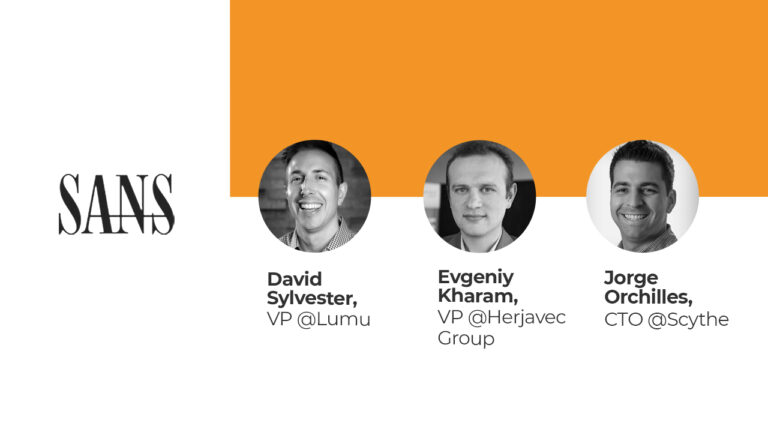Table of Contents
In the complex and ever-evolving landscape of cybersecurity, where threats loom at every digital corner, vendors often position their solutions as the silver bullet for all cyber ailments. However, peel back the glossy brochures and polished sales pitches, leaving you with a stark reality: no singular solution can completely protect against the vast and sophisticated array of cyber threats. This blog post aims to debunk the myths peddled by some vendors, illuminate the fundamental principles of practical cyber defense, and advocate for a balanced, multi-layered approach to cybersecurity.
The Myths of Magical Solutions
Myth #1: “Our Product is a One-Stop Cybersecurity Solution”
The promise of a one-stop solution is as alluring as it is misleading. The truth is that cybersecurity is a complex beast, requiring a nuanced understanding of constantly evolving threats. No single product can guard against every potential vulnerability or attack vector. The cybersecurity landscape is dotted with tales of organizations that, despite investing in supposedly comprehensive solutions, fell victim to cyber-attacks because their defenses lacked depth and adaptability.
Myth #2: “100% Protection Guaranteed”
Guaranteeing 100% protection is more than just overconfidence; it’s a red flag. The adage “it’s not a matter of if, but when” holds true in cybersecurity. Even the most fortified systems can be breached. A study published in the Journal of Cyber Security Technology illustrates that human error, sophisticated phishing techniques, and advanced persistent threats can circumvent even the most robust security measures (Khandpur et al., 2017).
Myth #3: “Immediate Implementation Equals Immediate Security”
Another common falsehood is the promise of instant security post-implementation. Real security maturity develops over time and requires regular updates, patches, and proactive threat hunting. Fast fixes can lead to a false sense of security, leaving systems vulnerable to more cunning or novel attacks.
Back to Basics: The Core of Cyber Defense
Before chasing the latest and greatest in cybersecurity technology, it’s crucial to have the basics in place. Effective cyber defense starts with the following:
- Strong Password Policies: Enforce complex passwords and consider multi-factor authentication.
- Regular Software Updates: Keeping software up-to-date closes vulnerabilities that attackers could exploit.
- Employee Training: Human error remains a significant risk. Regular training on cybersecurity best practices can mitigate this.
These foundational elements may seem elementary, yet they form the bedrock of a resilient cyber defense strategy.
Building an Optimized Solutions Stack
The key to robust cybersecurity isn’t found in any solution but in a carefully curated stack of complementary tools and practices. An optimized cybersecurity stack should include the following:
- Endpoint Protection: Guarding the frontlines where users interact with the digital world.
- Network Security: Monitoring and protecting network traffic is crucial for identifying and mitigating real-time threats.
- Cloud Security: Securing cloud environments is non-negotiable as more organizations migrate to the cloud.
- Incident Response and Recovery: A plan for when breaches occur, focusing on minimizing damage and recovering swiftly.
- Visibility: Maximum visibility and context are necessary here and will immediately benefit the defenders as they know where to focus their efforts and resources.
Conclusion: No Magic, Just Smart Cybersecurity
In the end, cybersecurity isn’t about flashy gadgets or silver bullets. It’s a strategic, layered approach combining technology, process, and education. Vendors might not always tell you that, preferring to sell the dream of easy fixes. But the reality is that effective cybersecurity requires effort, investment, and, most importantly, a clear understanding of the basics.
Remember that no vendor has a magic wand to remove all cyber threats. Instead, let’s focus on building resilient, adaptable defenses that can withstand the challenges posed by a rapidly evolving threat landscape.




